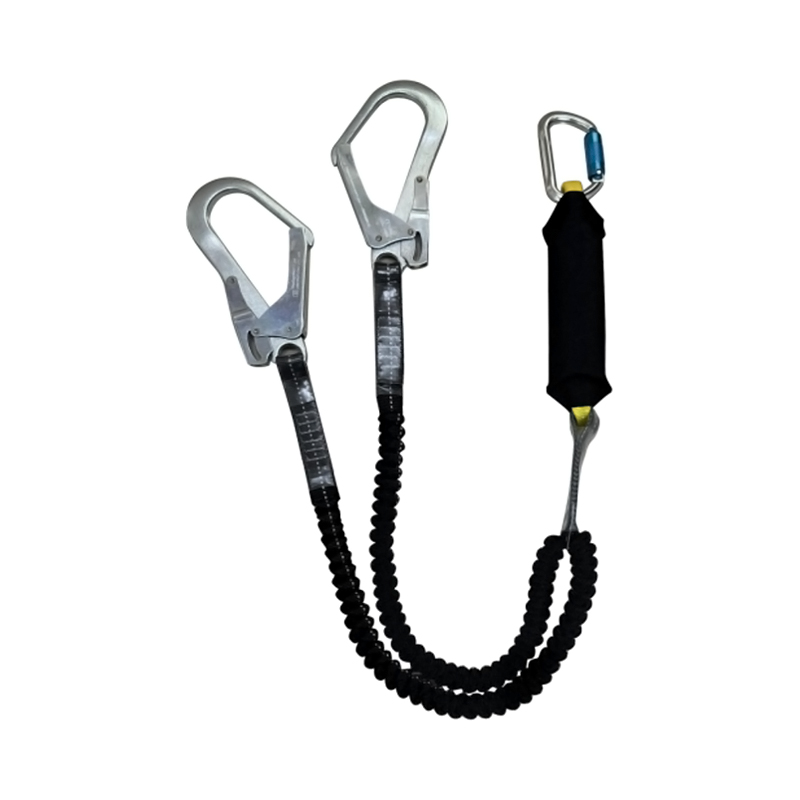Choosing the right safety lanyard for high-altitude work is not just a matter of compliance—it’s a critical decision that directly impacts worker safety, operational efficiency, and long-term equipment reliability. While many buyers may look at lanyards as simple accessories to a safety harness, professionals in construction, telecom, energy, and industrial maintenance know that not all working environments are created equal. Each comes with its own set of risks, which means the selection of a fall protection lanyard must be based on more than price or availability.
To begin with, one of the most important considerations is fall clearance. A common mistake is selecting a lanyard that does not match the vertical space available in the work zone. For example, in a low-clearance environment like shipbuilding or scaffold setups, a traditional six-foot shock-absorbing safety lanyard might not provide adequate stopping distance before impact occurs. In such cases, self-retracting lifelines (SRLs) or specialized low-clearance lanyards are a more appropriate choice. By contrast, for open-frame construction sites with ample vertical space, a standard shock-absorbing lanyard often offers the ideal balance of protection and mobility.

Another major factor is the required range of movement. Workers involved in structural inspection or tower climbing may need a twin-leg safety lanyard that allows 100% tie-off—meaning they are always connected to an anchor point even when switching positions. This type of design, while slightly heavier, ensures continuous protection without compromising worker agility. In contrast, fixed-location maintenance tasks may only require a single-leg lanyard, reducing bulk and simplifying usage.
Environmental conditions also play a major role in determining the right safety lanyard. For example, hot work environments such as welding zones or oil and gas facilities often require flame-resistant materials like Kevlar or Nomex. Similarly, outdoor utility work may call for lanyards with strong UV resistance and water-repellent coatings to maintain performance under constant exposure. In corrosive or chemical-rich areas, stainless steel or galvanized cable lanyards are preferable over textile-based ones to ensure durability and resistance to degradation over time.
Anchorage availability and positioning should also guide your choice. If the only available anchorage point is at foot level rather than overhead, a standard lanyard may not prevent a fall adequately. In these scenarios, leading-edge-rated safety lanyard with reinforced energy absorbers are essential to withstand the increased fall forces and sharp edge risks. Choosing the wrong lanyard here isn’t just inefficient—it can be dangerous. As manufacturers with years of experience in OEM and ODM fall protection systems, we strongly recommend conducting a hazard assessment before making your selection.
In industries like telecom and renewable energy, where fall protection must meet both international standards and localized regulations, it’s also essential to confirm that the chosen safety lanyard is compliant with applicable certifications such as ANSI Z359, EN 354/355, or CSA Z259. Buyers involved in global procurement or exporting projects should verify whether lanyards meet multiple standards simultaneously to avoid complications later in the supply chain.